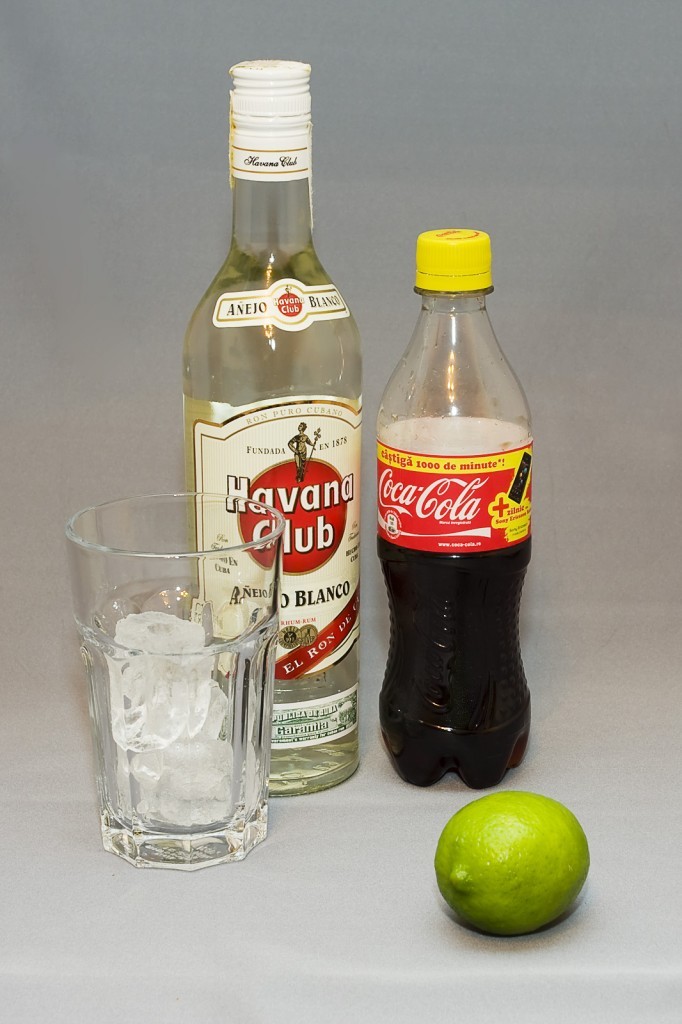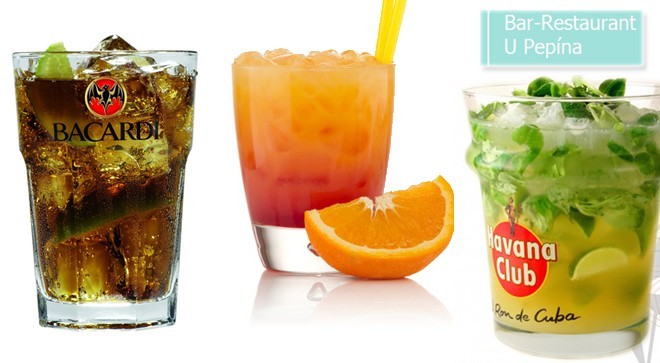Cuba Libre Si
Post on: 4 Июнь, 2015 No Comment

It finally happened. Herzfeld Caribbean Basin Fund ( Nasdaq: CUBA ). a volatile closed-end fund that aims to cash in if we ever see a free Cuba, is trading at a discount to its net asset value again.
It’s been a long round trip back to sanity.
Shares of the publicly traded fund took off like guayabera sales in Miami late last year, when Fidel Castro’s ailing health left opportunistic investors looking for ways to play a potential shift in political power on the island that lies just 90 miles away from the United States.
Some investors flocked to likely beneficiaries, including cruise-ship operators Carnival ( NYSE: CCL ) and Royal Caribbean ( NYSE: RCL ). as well as railroad operator Florida East Coast Industries. Florida East Coast was acquired in July by a company formed by certain private-equity funds managed by affiliates of Fortress Investment Group ( NYSE: FIG ) ). Investors sensed that Castro’s demise would mean an end to the long-running travel restrictions and trade embargo, figuring that opportunities would arise with cruises making Havana a port-of-call and goods circulating up and down the state of Florida.
However, the real speculative buzz took place in Herzfeld’s fund. The fund owned many of these stocks, but the closed-end fund shares overshot the value of its holdings. It was not sustainable. Dan Caplinger warned you in January. I followed two weeks later.
By early February, Herzfeld’s fund was trading above the $15 mark, even though the underlying net assets were worth a mere $8.44 a share. Would you pay me $1.80 for a dollar bill? I asked at the time. That’s exactly what’s happening here, and apparently, there’s a sucker born every uptick.
It was a ludicrous premium, so I was heartened when I checked back on the fund over the weekend. The stock closed at $8.08 on Friday, a 2% discount to its NAV of $8.28 a share.
Anatomy of a buildup and breakdown
Herzfeld Caribbean Basin has lived a mostly obscure life. It was launched 13 years ago by the Thomas J. Herzfeld Advisors firm, which does a brilliant job of tracking the closed-end mutual fund industry.
Before the run-up, the fund traded at a discount. It reported a 12% discount to its NAV in its February 2005 letter to stockholders. A year later, the discount had narrowed to 6.5%.
Given its high annual expense ratio of 3.3%, its microscopic asset base of $17 million, and its ho-hum performance in failing to beat the S&P 500 over its tenure, it has never been an attractive investing option.
I am a Cuban-American living in Miami. I raise my cafecito to the elder politicos in town who dream of a free Cuba. I just never saw the logic in paying an 80% premium for a basket of stocks that I could duplicate at face value. Seriously, with Florida East Coast and ocean transporter Seaboard ( NYSE: SEB ) making up more than 30% of the fund as of the end of June, why pay more?
Mr. Market didn’t see it that way. Once visions of a post-Castro Cuba began to circulate, poorly prepared speculators jumped on Herzfeld’s fund. Remember the puny asset base? That was all that was needed to create a situation where demand was outstripping supply.
I don’t know whether Dan got any hate mail after his initial critical column, but I got a few angry responses from momentum chasers who didn’t fully grasp the concept of a closed-end fund.

I tried my best to shed a little light on the vehicles. I pointed out how 5% of the fund is in Garmin ( Nasdaq: GRMN ). a stock that is rarely cheap on its own, yet fund investors were paying the equivalent of 45 times next year’s profits for Garmin shares that could have been had directly at a more feasible 25 times forward earnings.
Sanity comes at a price
I don’t know whether the cautionary words that Dan and I put out earlier this year hit home for anyone chasing the mania. Even Herzfeld knew the froth was getting out of hand, offering a rights offering that was completed last month.
Investors poured another $18 million into the fund at a subscription price of $10.04 a share — greater than NAV, but a discount to the market price. They probably thought they were getting a deal, buying in at a 15% discount to the market, without realizing that they were doubling up the supply of shares to water down the next potential speculative run on the fund.
It doesn’t matter now. The chunky premium has been deflated completely. I’m still not ready to jump into the fund, even if the doubling of assets brings down its expense ratio. However, I don’t have to wave warning flags anymore. Logic is back where it belongs, mi amigo.
Help us in our goal to give every young person around the globe a financial education! Learn more about the new direction of Foolanthropy. now in its second decade, here .
If you want to find other promising overseas opportunities on the cheap, check out the new and foreign Global Gains newsletter service, which will circle the globe to make sure you can beat the world’s markets. Garmin and Royal Caribbean are Motley Fool Stock Advisor newsletter recommendations.
Longtime Fool contributor Rick Munarriz feels that emerging markets still offer great opportunities for growth investors, as long as you’re buying into the right ones. He is also part of the Rule Breakers newsletter research team, seeking out tomorrow’s ultimate growth stocks a day early. He does not own shares in any of the companies in this story. The Fool has a disclosure policy.














